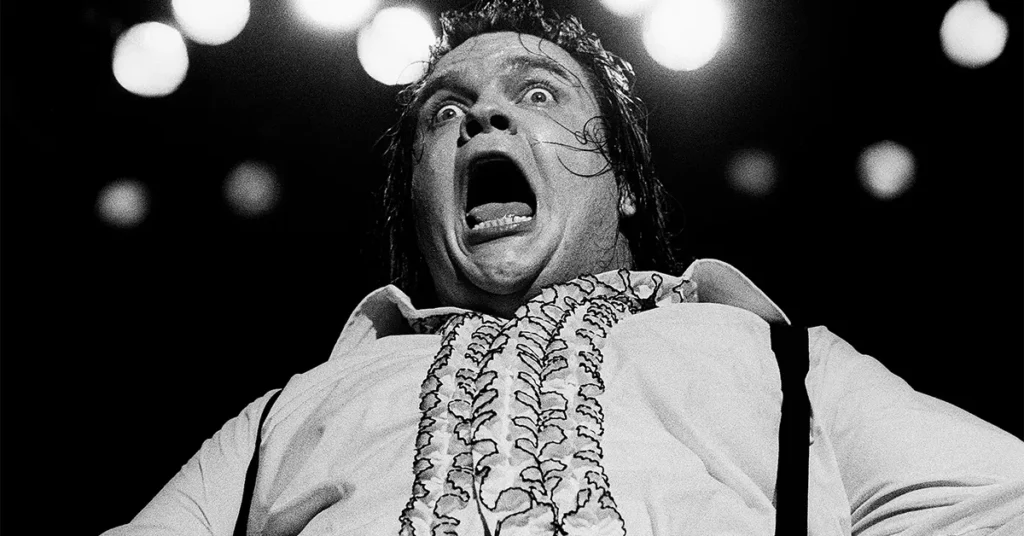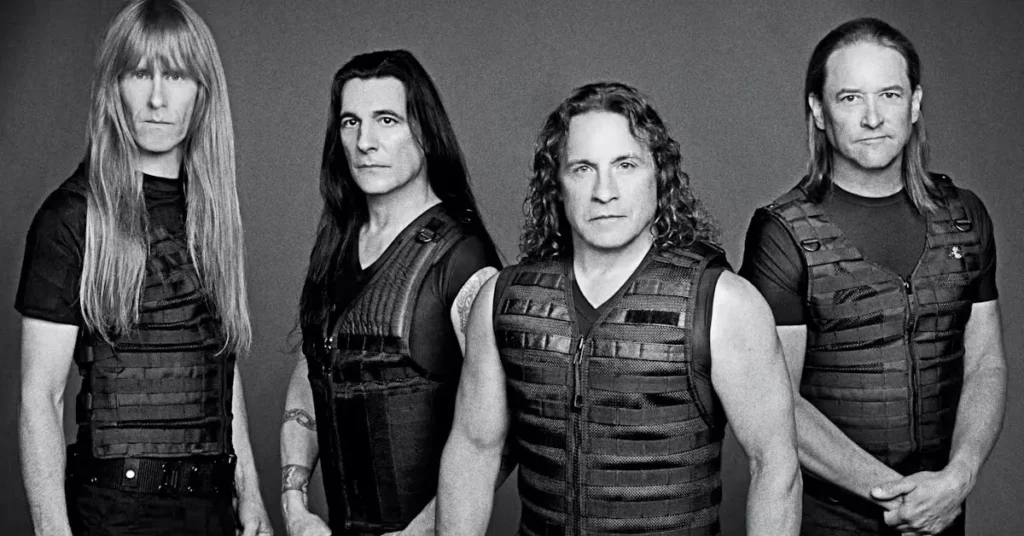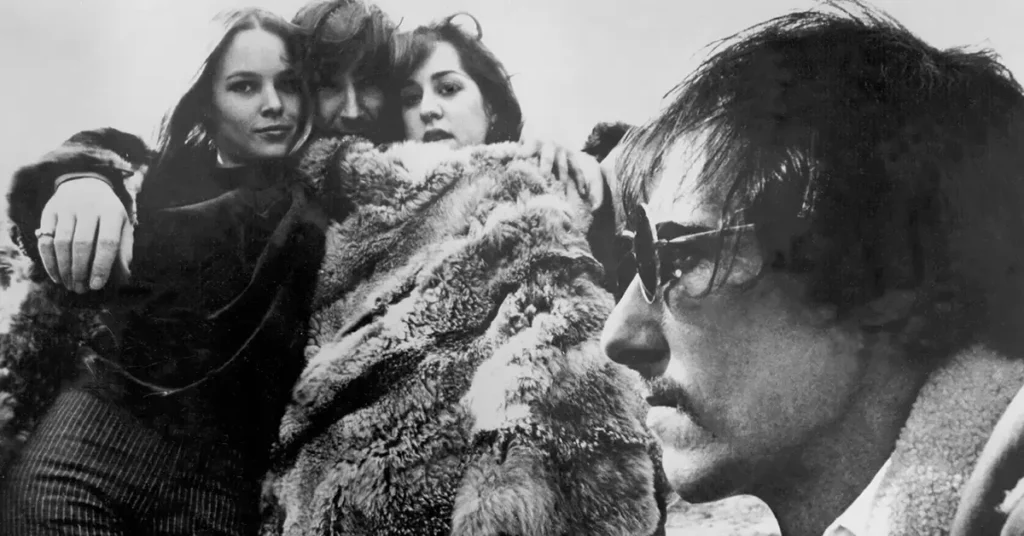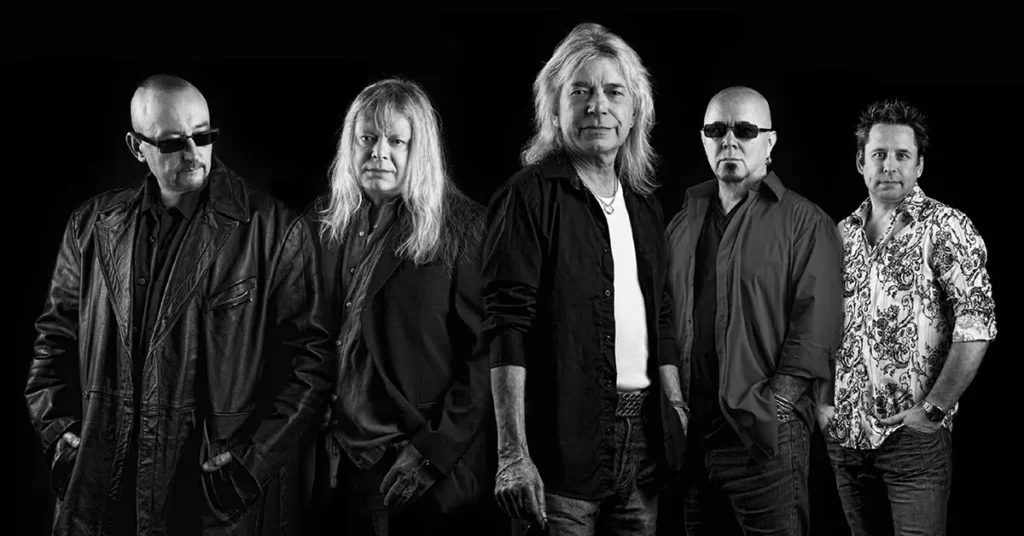Macy Gray: The Distinctive Voice of Neo-Soul and Eclectic Pop
Macy Gray. Introduction: A Unique Talent in the Music Industry
Macy Gray is an American singer, songwriter, and actress known for her distinctive raspy voice, soulful delivery, and eclectic musical style that blends elements of R&B, soul, jazz, funk, and pop. Emerging in the late 1990s, Gray quickly became a standout figure in the neo-soul movement, thanks to her unconventional vocal tone and emotionally raw performances. Beyond music, she has also made a name for herself in film and television, showcasing her versatility as an artist.
Macy Gray. Early Life and Musical Beginnings
Born Natalie McIntyre on September 6, 1967, in Canton, Ohio, Macy Gray grew up in a working-class family. From an early age, she was drawn to music, influenced by gospel, jazz, and soul artists such as Billie Holiday, Ella Fitzgerald, and Aretha Franklin. Her distinctive vocal style developed as she blended these classic influences with a modern, gritty edge.
Gray moved to Los Angeles in the early 1990s to pursue a career in music and worked as a backup singer and songwriter before her solo breakthrough. She faced numerous challenges and setbacks, but her unique voice and songwriting talent eventually captured the attention of the music industry.
Breakthrough with On How Life Is (1999)
Macy Gray’s debut album, On How Life Is, released in 1999, was a critical and commercial success. The album showcased her signature voice and eclectic approach to songwriting, blending soulful ballads with funky grooves and jazzy undertones.
- The lead single “I Try” became an international hit, earning Gray a Grammy Award for Best Female Pop Vocal Performance in 2001. The song’s heartfelt lyrics and soulful melody resonated with a wide audience, making it a timeless classic.
- Other notable tracks from the album include “Do Something,” “Still,” and “Why Didn’t You Call Me.”
- The album’s production combined live instrumentation with contemporary beats, giving it a fresh yet timeless feel.
- On How Life Is went multi-platinum, establishing Macy Gray as a major force in contemporary music.

Macy Gray. Musical Style and Influences
Macy Gray’s music is characterized by:
- A raspy, gritty vocal tone that stands out in the crowded neo-soul and R&B genres.
- Lyrics that often explore themes of love, heartbreak, resilience, and self-discovery.
- A blend of musical styles including soul, jazz, funk, R&B, pop, and hip-hop.
- An eclectic, experimental approach to production that incorporates live instruments and unconventional sounds.
- An emotional delivery that adds depth and authenticity to her performances.
Her voice has been described as instantly recognizable and uniquely expressive, capable of conveying vulnerability and strength simultaneously.
Macy Gray. Career Highlights and Albums
After her debut, Macy Gray continued to release a series of albums that explored various musical directions:
- “The Id” (2001): A more experimental follow-up with elements of funk, rock, and electronic music, featuring collaborations with artists like Erykah Badu and Macy’s own adventurous songwriting.
- “The Trouble with Being Myself” (2003): Showcased a more introspective and mature sound, exploring personal themes with a blend of jazz and pop.
- “Big” (2007): Marked a return to more upbeat, funky sounds with production from will.i.am, featuring collaborations with Justin Timberlake and Fergie.
- “The Sellout” (2010): An album that embraced contemporary R&B and pop, balancing commercial appeal with Gray’s signature style.
- “Ruby” (2018): Received critical acclaim for its soulful blend of classic and modern influences, with standout tracks like “Sugar Daddy” and “Sugar” demonstrating her continued relevance.
Macy Gray. Acting Career and Cultural Impact
Beyond music, Macy Gray has also carved out a successful acting career. She has appeared in films such as:
- Training Day (2001), alongside Denzel Washington, where she showcased her dramatic acting skills.
- Scary Movie 3 (2003), demonstrating her comedic timing.
- Spider-Man (2002), where she performed a musical cameo.
- Several television appearances and voice roles have further broadened her creative portfolio.
Gray’s distinctive persona, unique voice, and bold fashion sense have made her an influential figure in pop culture, inspiring a new generation of artists to embrace individuality and authenticity.
Awards and Recognitions
Macy Gray has received numerous accolades throughout her career, including:
- Grammy Award for Best Female Pop Vocal Performance for “I Try” (2001).
- Multiple nominations at the Grammy Awards, BET Awards, and Soul Train Music Awards.
- Critical praise for her innovative approach to neo-soul and her fearless experimentation with sound and style.
Legacy and Influence
Macy Gray’s influence extends beyond her distinctive voice and hit songs. She played a significant role in the resurgence of soul music in the late 1990s and early 2000s and helped popularize neo-soul globally. Artists like Adele, Amy Winehouse, and Janelle Monáe have cited the impact of artists like Gray in paving the way for soulful, genre-blending music that defies conventional boundaries.
Personal Life and Advocacy
Macy Gray is known for her openness about her struggles with self-esteem and mental health, often advocating for self-acceptance and authenticity. Her candidness and resilience have endeared her to fans worldwide.
Conclusion
Macy Gray remains a compelling and influential artist in the music industry. With her unmistakable voice, genre-blending artistry, and bold personality, she continues to inspire and captivate audiences across generations. Her contribution to neo-soul and contemporary music is undeniable, making her a true icon of modern music.






